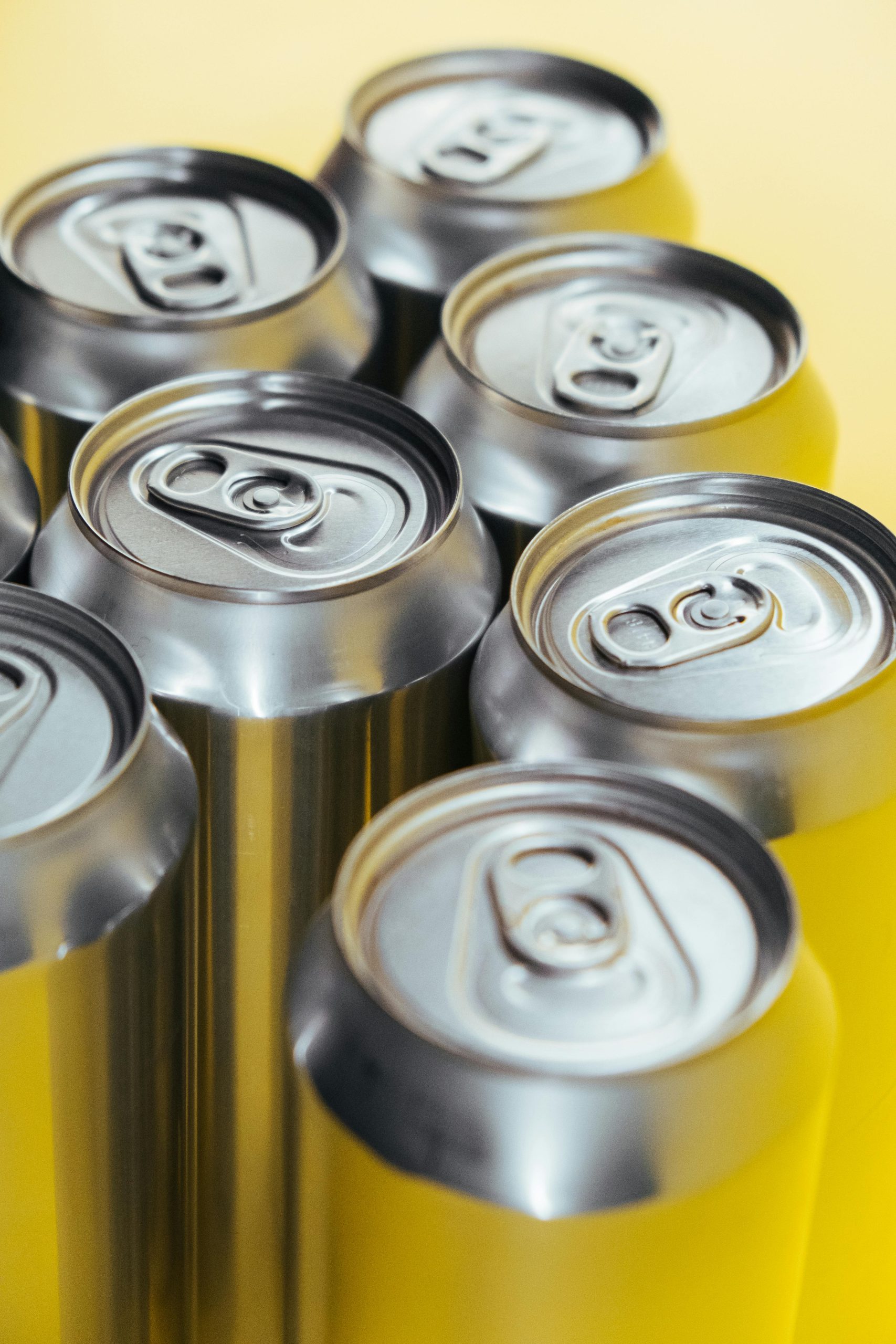Pickled Quail Eggs
Creative Recipe Inquiry: I’m on the hunt for innovative pickled quail egg recipes! I have a few thoughts:
- If I incorporate soy sauce into the pickling brine, how do you think that will affect the flavor?
- What’s a good measurement for soy sauce? Using a typical pickling ratio like 1 cup of vinegar, 1 cup of water, 1 tablespoon of kosher salt, and 1 tablespoon of granulated sugar, how should I adjust for the soy sauce? I want that flavor to shine through!
- Would rice vinegar be a better alternative to white vinegar given its higher acidity? How might that impact the ratios? Any vinegar recommendations?
- I’m looking for some unique and exciting herbs and spices to experiment with. I typically use garlic and dill, but what other interesting additions would work well with soy sauce?
Boiling and Peeling Techniques: I’m also eager to hear tried and true methods for boiling and peeling quail eggs. I have some experience, but I’m open to new tips:
- I usually add a teaspoon of baking soda to the water when boiling chicken eggs, and I feel like it helps with peeling—am I imagining things?
- I’ve seen tools designed specifically for cracking quail eggs. Do they actually make a difference with hard-boiled eggs?
- The quest for easy egg peeling is an age-old dilemma. Quail egg shells seem pretty tough, so I’m looking for suggestions to achieve beautifully intact eggs. What do you recommend?

Leave a Reply
You must be logged in to post a comment.